There is a lot to love about the beautiful french province of Québec. Counting all its offshore islands and squiggly indentations, the province’s coastline stretches 13,323 kilometers (8,279 miles), from the sheer cliffs of the Saguenay fjord to the bijoux islands of Îles de la Madeleine.
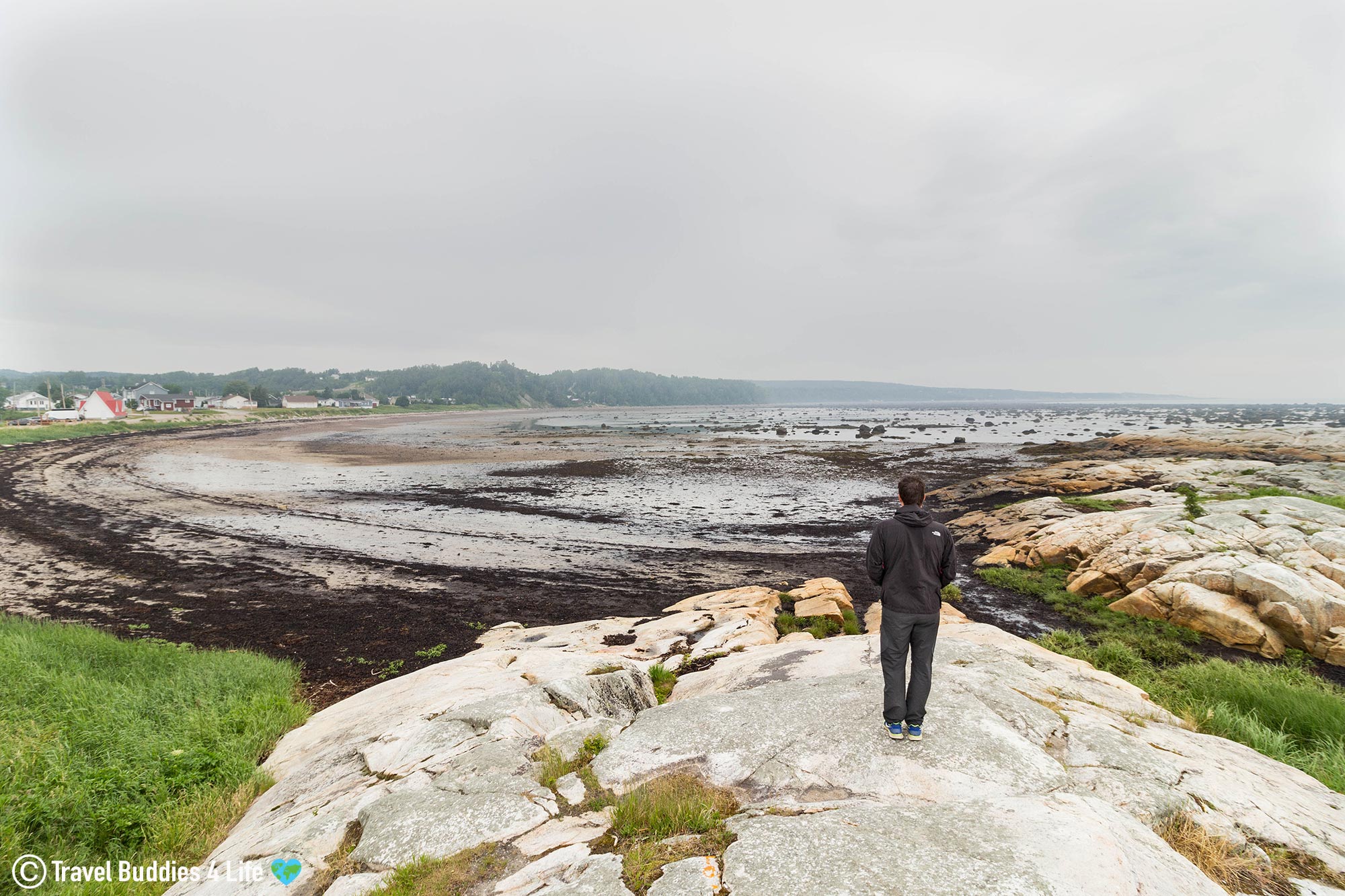
Les Escoumins is one of Québec’s many small municipalities sprinkled along the north shore of the Saint Lawrence. The vast territory is roughly 267 square kilometers and is considered the cradle for the Côte-Nord Indigenous people (Montagnais and Mi’kmaq) who have lived there for thousands of years. The first Europeans in the area were the Basques in the 1630s. But in spite of its historic inhabitants, it wasn’t until 1845 that the real village of Les Escoumins began to form, with families from the South Shore (Trois-Pistoles, Rivière-Ouelle, Rimouski and Charlevoix) migrating to this new space.
Today the municipality still sits at the confluence of Les Escoumins River and Saint Lawrence estuary. The township holds a small population of approximately 1,845 people. Some of the region’s most popular activities are water-based and include whale-watching, sea kayaking, bird observation, fishing and scuba diving.
The Saint Lawrence estuary is home to an extraordinarily varied ecosystem. This one-of-a-kind environment combines a series of natural ingredients to create a recipe for flourishing marine life. Hence, the cold productive waters are home to impressive creatures big and small.
Located on the cusp of this estuary, Les Escoumins is a region of Québec that takes advantage of the Saint Lawrence’s incredible biodiversity. In fact, this small village is sought out by scuba divers and water lovers primarily due to its marine riches.
Below the tideline of this marine protected area divers will expose themselves to magnificently coloured landscapes and a flurry of sea critters. Some of the impressive marine life includes sea stars, nudibranchs, anemones, sea cucumbers, sea urchins, crabs, lobsters, shrimp, cod, lumpsuckers and if you’re lucky a wolffish or two.
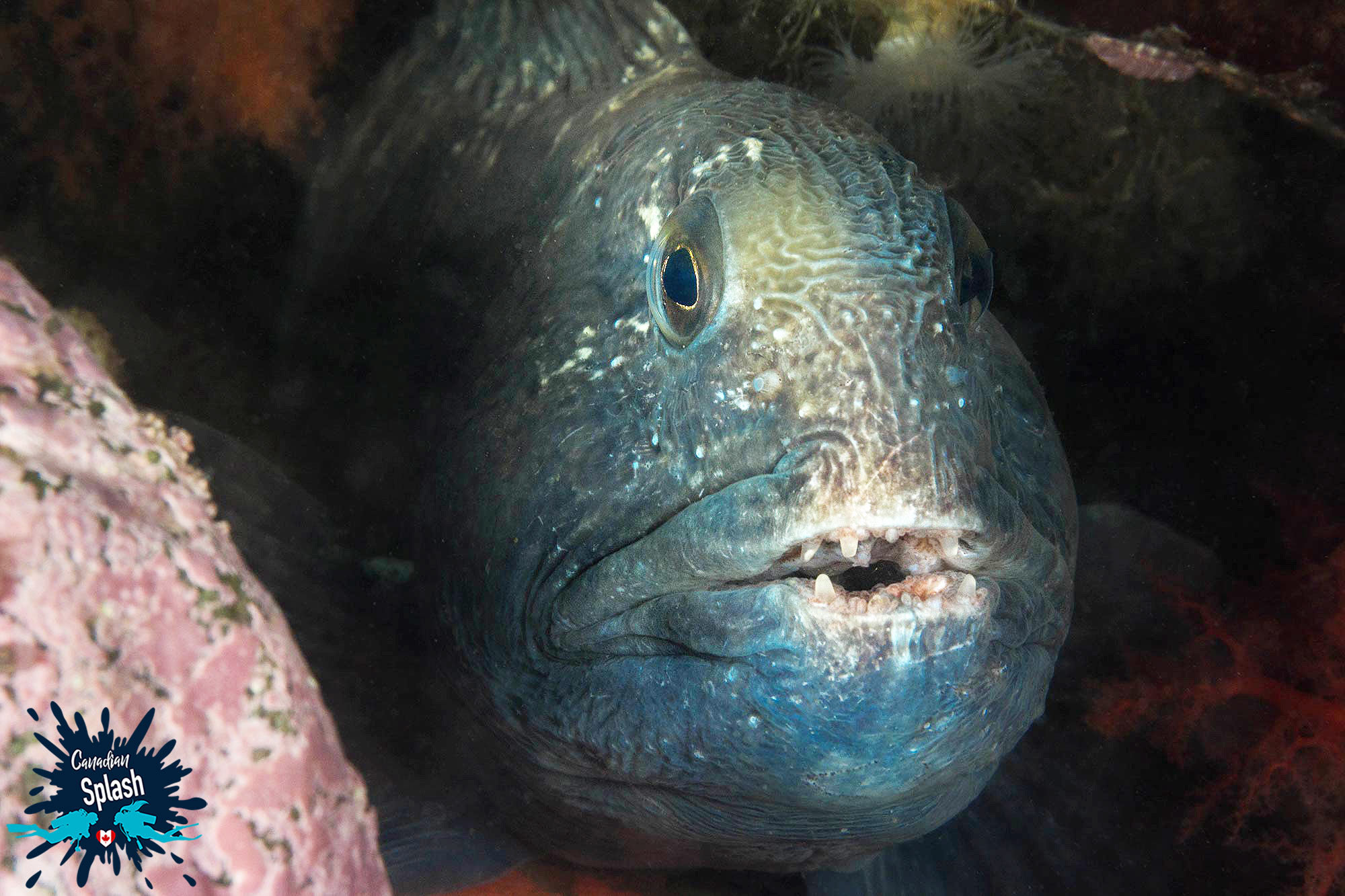
There are four shore diving spots within the municipality of Les Escoumins. Three of the shore diving sites are easily accessible from the National Park (Centre de Découverte du Milieu Marin) and the fourth is via Paradis Marin Campground. All sites have a wide range of depths but thankfully the rocky shoreline is generally not steep at these sites.
The Crique Ouest is the first dive site accessible when walking from the onsite dive shop. It passes by a theater-style seating area overlooking the Saint Lawrence. A combination of boardwalk and naturally created steps help divers reach the water’s edge. In the water, divers will find a rope guideline that can be followed down to 30 meters (100 feet).
The site comprises a gently sloping rocky landscape littered with marine life. The upper portion of the Crique Ouest is landscaped in a V-shape covered in hardy invertebrates. Dropping deeper, the site progresses to a lumpy field of soft corals Gersemia rubiformis, commonly known as the sea strawberry and anemones.
Overall I found the Crique Ouest to be a busy site. There was colour and critters to be found everywhere. There were also lots of wide-angle and macro photographic opportunities.

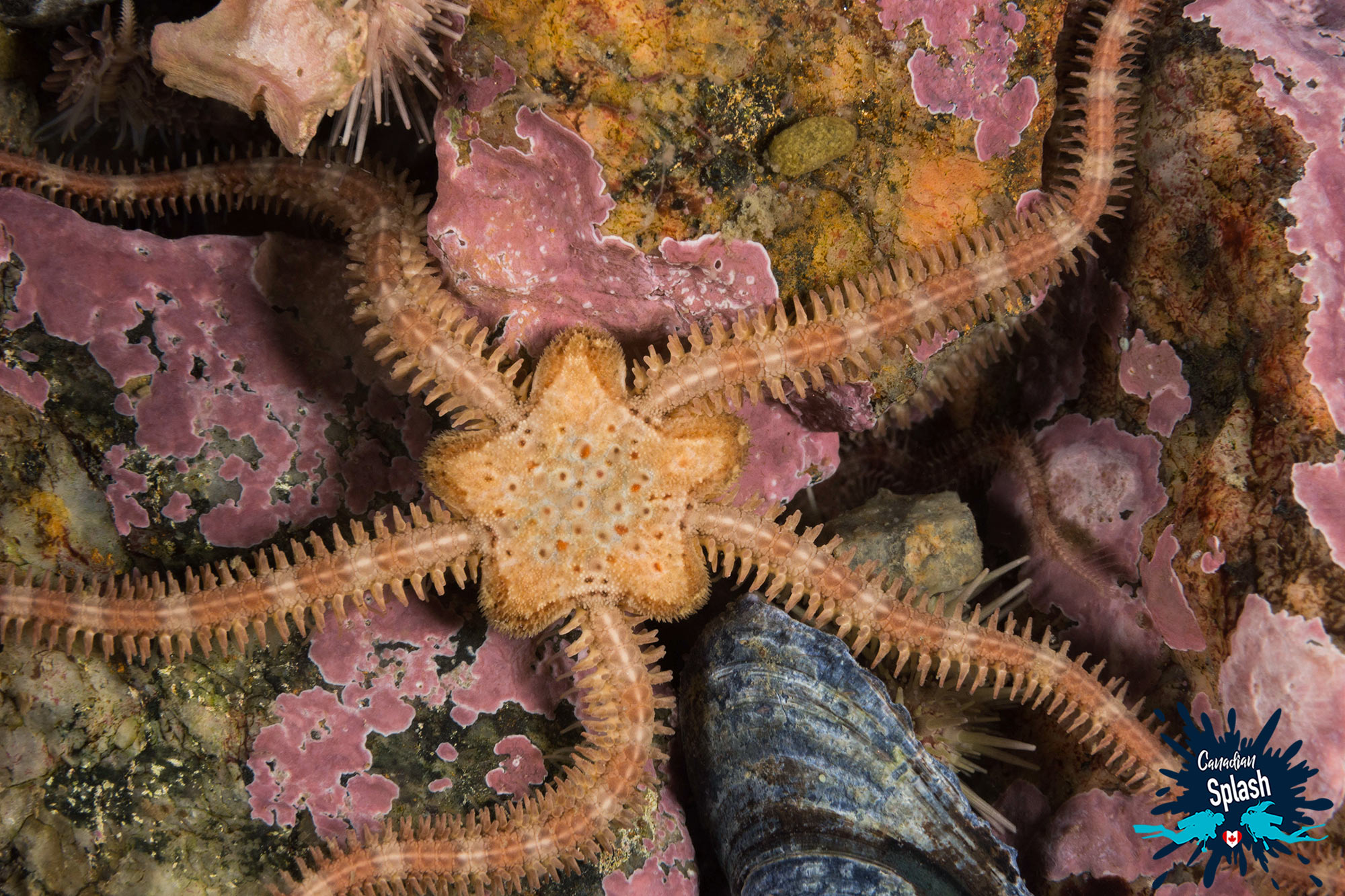

Where to Dive Western Crack (Crique Ouest)
GPS Coordinates: 48.31939222150811, -69.41330642871293
Address: 41 Rue des Pilotes, Les Escoumins, QC G0T 1K0
The easiest entry and exit is anytime but low tide. Divers can follow the guide rope.
The Crique Est is one of the more challenging dives in terms of entering the water. The rocks are slippery and the footpath to the water can be pretty steep. Caution is advised when descending to the water weighted down in heavy gear. Once in the water, it becomes a little easier – divers can follow a guideline down to 30 meters (100 feet).
Similar to the Crique Ouest, the Crique Est dive site is very much a V-shaped crack where scuba divers can descend the funnel until it opens up into a sloping rocky landscape. One of the big differences to the Crique Ouest dive site is that in spite of being right next to each other, this site did not have such a prominent showing of soft coral. It had more of a mixture of anemones, cucumbers, urchins, sea stars and plant life.



Where to Dive Eastern Crack (Crique Est)
GPS Coordinates: 48.31939222150811, -69.41330642871293
Address: 41 Rue des Pilotes, Les Escoumins, QC G0T 1K0
The easiest entry and exit is anytime but low tide. Divers can follow the guide rope.
Anemone Bay is the most recently developed diving site at the Centre de Découverte du Milieu Marin. The site is located adjacent to the Crique Est dive site in a calm bay that is for the most part sheltered from waves and currents.
Divers can follow steps and a rope down to the water which is easiest to enter with the rising tide. A guide rope is present at the surface and descends down to 30 meters (100 feet). To the left divers can explore patchy boulders stepping their way down the rocky slope. These boulders are encrusted in bubble-gum pink coralline algae and densely populated with other squishy invertebrates. Woven between the boulders it is possible to see colonies of green urchins vacuuming the bottom and large flowering anemones their tones of reds, pinks and oranges bringing warmth to the frigid estuary.
Heading right into the depths of Anemone Bay, divers will witness a spectacular rocky wall dripping with critters. The wall affords a nice opportunity for photographs and a whole host of interesting species.
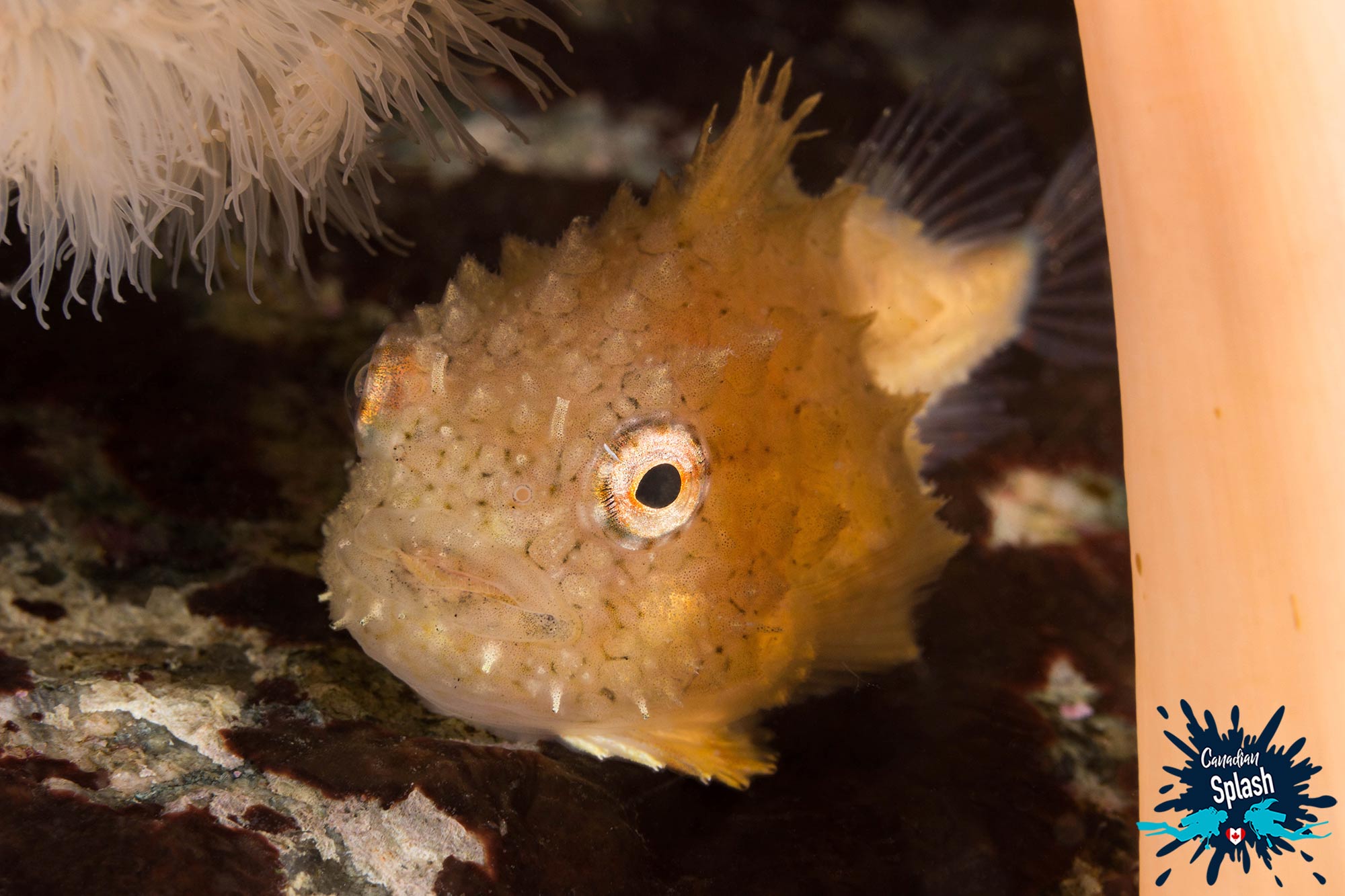
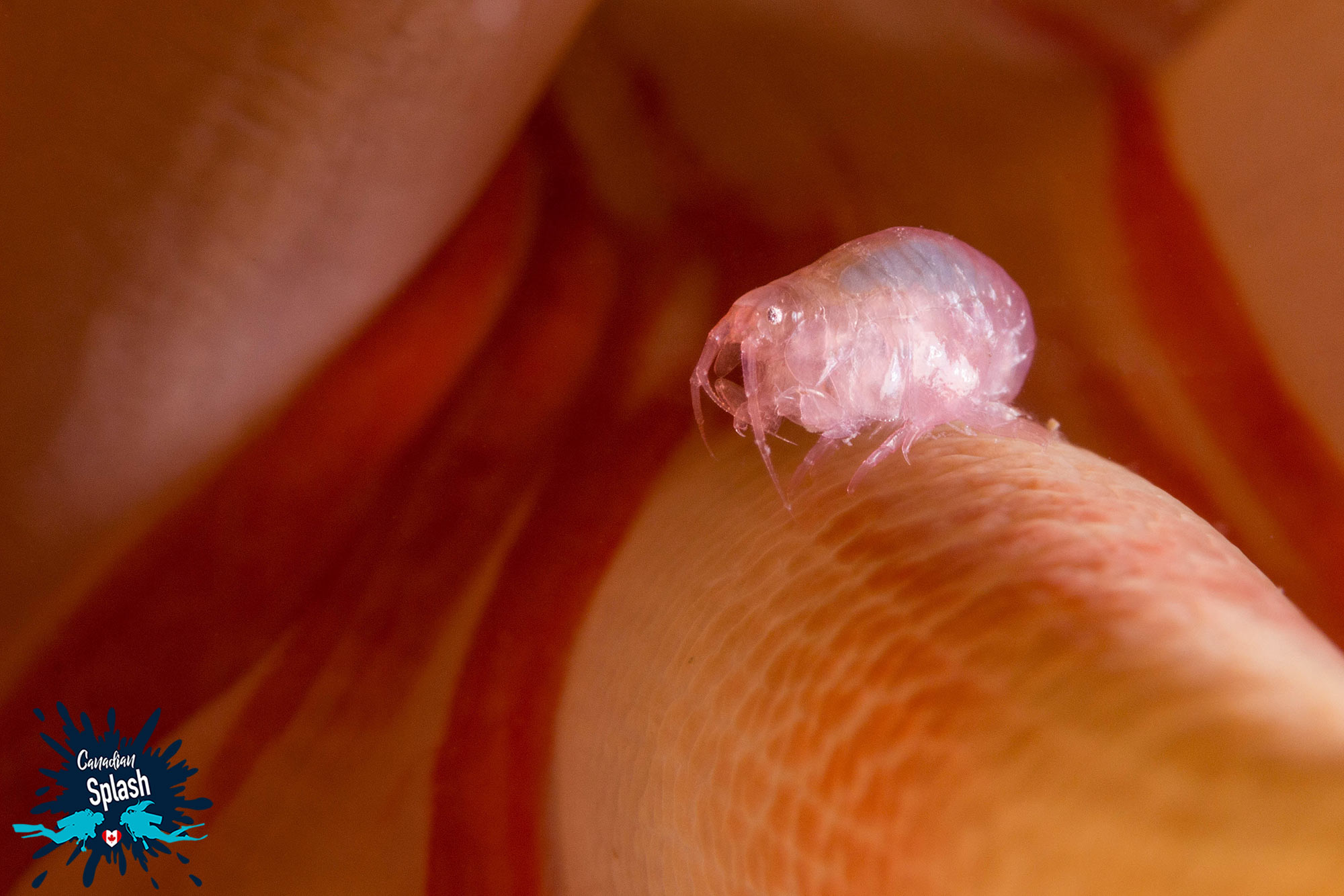

Where to Dive Anemone Bay (Baie des Anémones)
GPS Coordinates: 48.31939222150811, -69.41330642871293
Address: 41 Rue des Pilotes, Les Escoumins, QC G0T 1K0
The easiest entry and exit is anytime but low tide. Divers can follow the guide rope.
The Paradis Marin Beach diving site is only accessible for those staying at the Paradis Marin Campground. The shore diving site is located in a small beachy area near the park’s boat launch.
This site can be dived in both high and low tide however care must be taken as the rocks can be slippery when wet. Divers will also want to take into account the wind. This site is relatively exposed and therefore can be subjected to big waves and surf.
The dive begins in the rocky shallows of a mini-bay where divers will see oodles of rockweed stretching towards the surface with swarms of amphipods buzzing about their leafy fronds. The visibility in the bay is generally good and the current is very minimal. Following the rocky shoreline divers can exit the bay at a depth of roughly 2.5 meters (8 feet) of water and if the current permits stick to the right as this has the most interesting sights.
Outside the bay the bottom is gently sloping and typically stratified with sea urchins. The current is also noticeably stronger and divers can make their way deeper across patches of boulders adorned with marine life. The dive site gradually descends leveling off at 9 meters (30 feet) into a sandy bed with small benthic things to spy.
This site was certainly not as interesting or as species-rich as the three other diving sites in Les Escoumins, however, it did make for an enjoyable macro dive outside of the Parks hours of operation.

Where to Dive Paradis Marin Beach
GPS Coordinates: 48.27802514555554, -69.46046036657786
Address: 4 Chemin Émile Boulianne, Bergeronnes, C.P.898, G0T 1G0
Enter at the kayak ramp, exit the bay and head right.
When in Québec Les Escoumins is an incredible place to dive! If you are merely passing through the area, or if you are looking to dabble in great cold water diving, we would definitely recommend stopping at this location.
Having spent my fair share of time on Canada’s east coast, I am always amazed at the new and exciting dive sites to discover. Les Escoumins was certainly one that blew my mind. Where the Saint Lawrence meets the sea the underwater life is abundant and amazing. The colours are rich in reds, oranges, pinks and purples. The diversity is even more breathtaking.
One of our favourite dives was the drift dive where – depending on the tide – you could start at either Anemone Bay or the Western Crack and pass through the three most popular dive sites. But in the same respect, for me, it was easy to spend an entire dive in a single small area observing the same few rocks and finding species on top of species on top of more species. Joey and I were so thrilled with this unexpected small-town site that we are already making plans for our return.
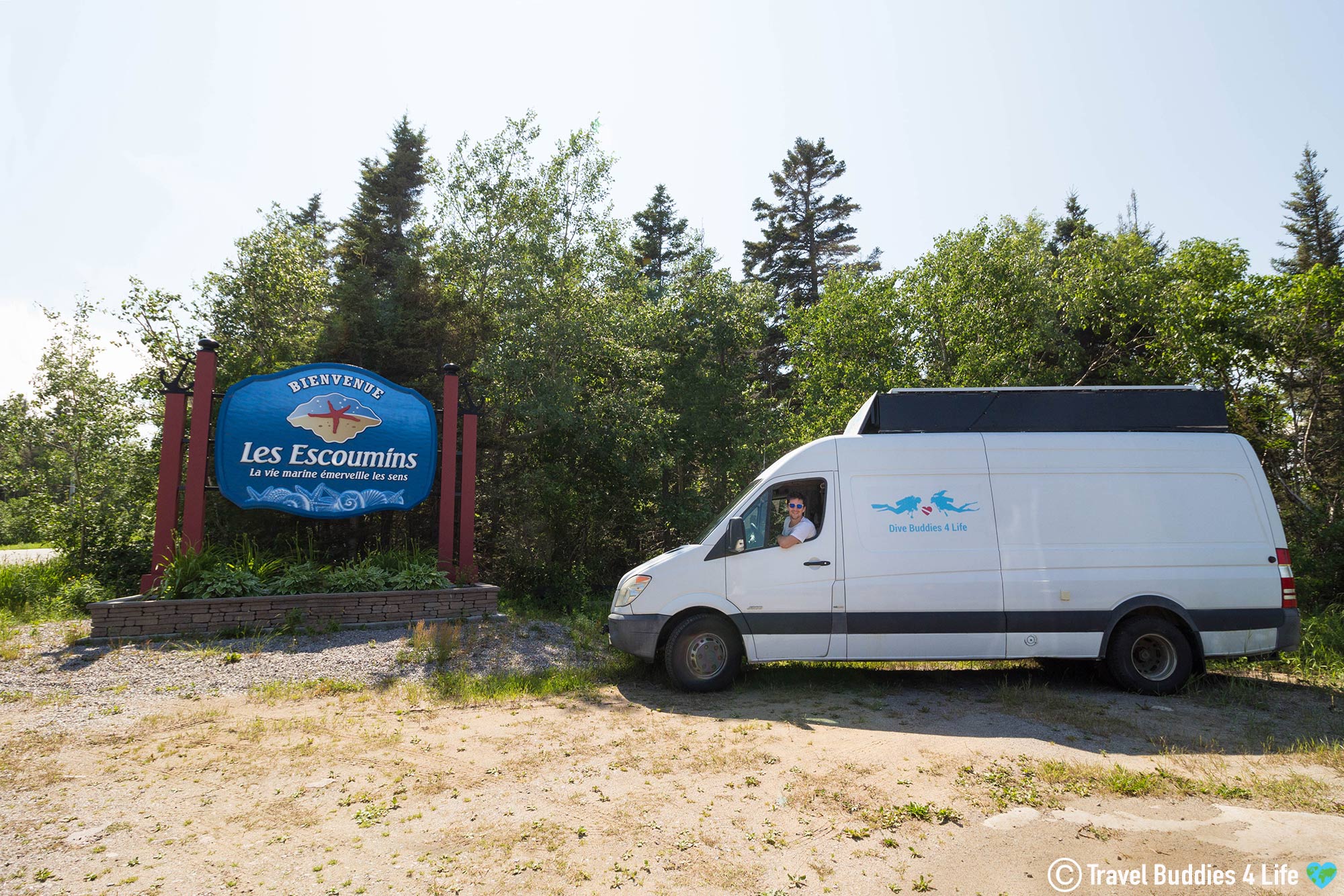
Have you ever visited the sleepy diving village of Les Escoumins? It’s a pretty picturesque and incredible place! What kinds of neat marine life did you see on your dives?
Writers Note: This post may contain affiliate links. We will make a small commission if you make a purchase through one of these links, at no extra cost to you. See full disclosure and disclaimer policy here.

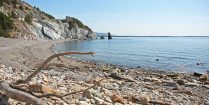
Tide pools are pools of water exposed at low tide and submerged by the ocean at high tide. They give non-divers a chance to glimpse the underwater world while remaining on land.
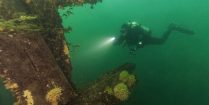
From age-old shipwrecks to lukewarm water, the Saint Lawrence Seaway is considered one of the go-to diving destinations in Ontario.

Saint Andrews by-the-sea may be small in size, but this summer town packs a pretty big dive punch for scuba divers willing to brave the Bay of Fundy's tides.
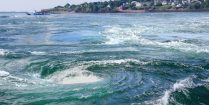
Submerging into the cold waters of Deer Island is one of the best ways to appreciate the vibrant array of color the Bay of Fundy hides beneath her surface.

Marine protected areas protect endangered species and critical habitats. As scuba divers they play a big role in the conservation of our lakes, rivers and oceans.
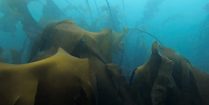
Located at the mouth of Fundy, there are many good reasons that the rocky coastlines of Grand Manan island would be ideal for scuba diving. Thanks to the ocean exposure and changing tides, the outer Bay of Fundy has some of the most dauntingly productive waters in Eastern North America.

Whether you’re scuba diving in cold or warm water, in the sunny tropics, or the icy Arctic, being chilly on a dive is never fun.
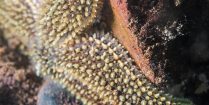
Sometimes finding a good dive spot is easier said than done. Shore diving around Saint John, New Brunswick is a testament to how unpredictable the Bay Fundy can be.
